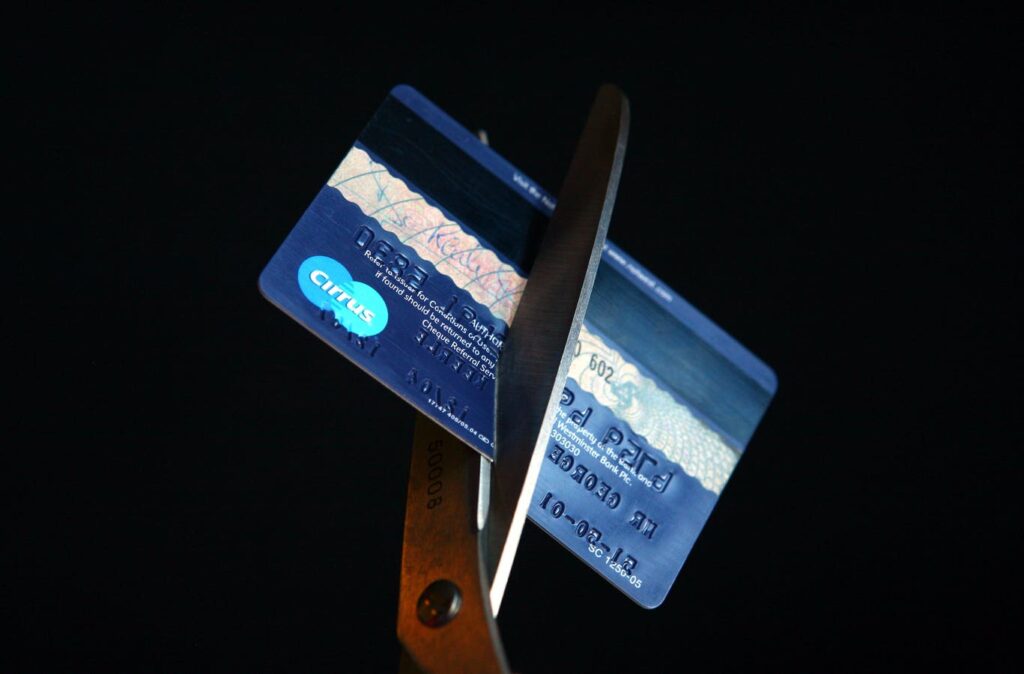Despite the Federal Reserve’s recent cuts to interest rates, many retail store credit cards are still hitting consumers with extraordinarily high annual percentage rates (APRs). According to a report from the Consumer Financial Protection Bureau (CFPB), a substantial portion of these retail cards—19%—charge APRs exceeding 35%. The average APR for private label cards from the top 100 retailers is around 32.66%. The absence of a federal cap on interest rates permits credit card companies to impose such rates, and while several states have usury laws, many issuers are located in states where the regulatory environment allows for much higher interest charges. This scenario suggests that consumers may not be receiving the financial relief they might expect in light of broader economic interest rate reductions.
On the macroeconomic front, the Federal Reserve has cut its benchmark federal-funds rate by a quarter-point, bringing it to a range of 4.25% to 4.5%. This decision reflects growing hesitance within the Fed regarding the pace and extent of future rate reductions. While the recent cut is a positive signal for many sectors of the economy, the high interest rates charged by store credit cards remain out of alignment with these changes. The Fed’s cautious approach highlights the complexities and unpredictable dynamics of managing monetary policy in a recovering economy.
In response to consumer financial challenges, the CFPB is actively addressing unfair practices in the credit card industry. The agency has flagged issues related to deceptive rewards strategies, including the devaluation of rewards points and fees that disproportionately affect consumers with retail credit cards. To further assist consumers in navigating their options, the CFPB has launched an innovative tool called Explore Credit Cards, which utilizes open data to provide side-by-side comparisons of over 500 credit card options. This initiative aims to empower consumers to make informed decisions and avoid fraudulent practices that undermine their financial wellbeing.
Interestingly, many customers persist in using retail credit cards despite the alarming interest rates associated with them. A survey conducted by LendingTree reveals that 58% of shoppers prefer store credit cards over buy now, pay later (BNPL) options when given a choice. Although younger demographics, particularly Gen Z and millennials, lean towards BNPL plans, the overall inclination towards retail credit cards remains significant. This trend poses questions about consumer awareness and the perceived benefits of retail credit cards, such as discounts and loyalty points, even at the cost of incurring high interest charges.
As payment technology continues to evolve, Visa has announced exciting developments in faster bank transfers via its Direct platform. Beginning next April, customers will benefit from real-time transactions that allow funds to be deposited into linked bank accounts in under one minute. This innovation appeals to a broad range of users, including individuals, businesses, and government entities, and represents a shift towards more seamless and rapid financial interactions. The expansion of such services aligns with shifting consumer habits, where convenience plays an increasingly crucial role in payment decision-making.
Finally, as the holiday shopping season approaches, alarming new trends have emerged in fraudulent activity, with Visa reporting a tripling of suspected fraud during recent shopping weekends compared to previous years. The application of advanced technologies, such as artificial intelligence, by fraudsters has complicated the security landscape, leading to a more challenging environment for both consumers and payment processors. In parallel with these developments, there has been a profound shift in consumer behavior—mobile payments and online shopping continue to rise exponentially, suggesting a radical transformation in how consumers engage with retail commerce. As these trends develop, both businesses and consumers will need to adapt to the evolving financial landscape and the implications of these new payment technologies.

